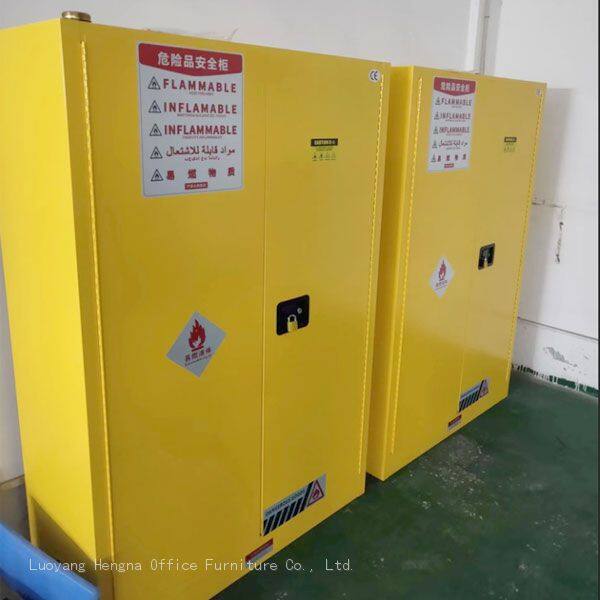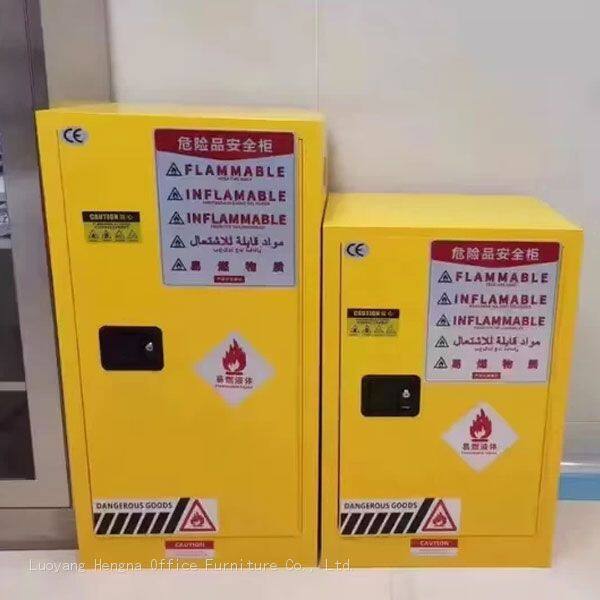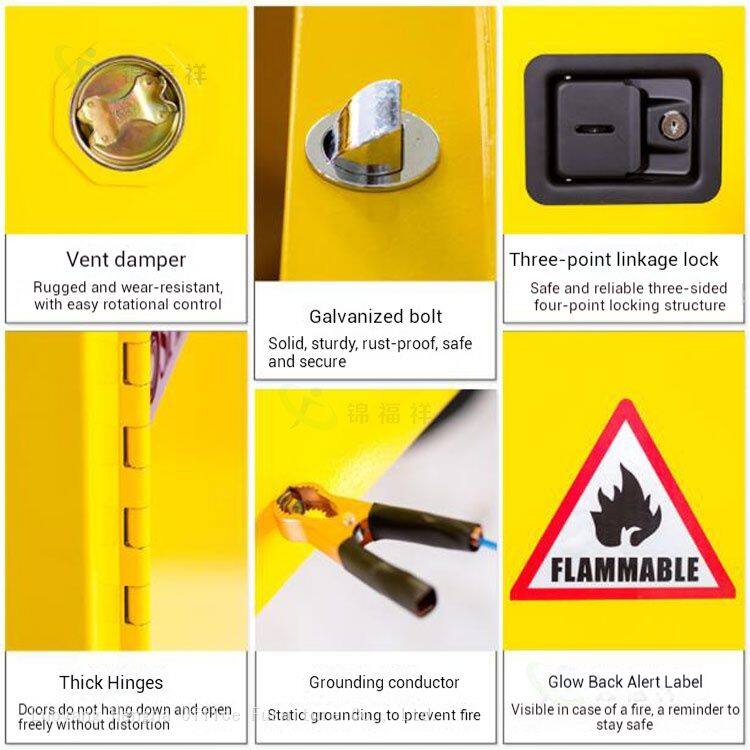-
 Sarah
Hi there! Welcome to my shop. Let me know if you have any questions.
Sarah
Hi there! Welcome to my shop. Let me know if you have any questions.
Your message has exceeded the limit.

How Electronics Factories Prevent Chemical Leaks Using Safety Cabinets
2025-10-28 15:48:35
The Hidden Costs of Chemical Leaks in Electronics Production
When a single drop of hydrochloric acid escapes its container in a semiconductor fab, the financial impact can exceed $50,000 in damaged wafers alone. Electronics manufacturing operates on a microscopic scale where contamination control is paramount. Chemical leaks don’t just pose safety risks—they directly impact product quality, yield rates, and ultimately, profitability.
Real-World Impact Scenarios:
Semiconductor Manufacturing: One contaminated batch can cost $250,000+
PCB Production: Chemical spills lead to 15-20% yield reduction
Display Manufacturing: Solvent leaks cause entire production line shutdowns
Battery Production: Electrolyte leaks create safety and quality crises
Engineering Solutions: Multi-Layered Protection Architecture
Primary Containment: Cabinet Construction Excellence
The 1.2mm cold-rolled steel double-wall design creates a robust physical barrier. But what makes this particularly effective for electronics is the 40mm air gap insulation—this prevents temperature fluctuations that could degrade sensitive chemicals while providing structural rigidity that maintains seal integrity under clean room pressure differentials.

Secondary Containment: Intelligent Leak Management
Modern safety cabinets incorporate sophisticated leak prevention features:
Integrated Spill Trays: Capture and contain accidental releases
Corrosion-Resistant Interiors: Withstand aggressive chemical exposure
Seamless Construction: Eliminate potential leak points
Pressure-Equalized Design: Prevent seal failure due to pressure changes
Electronics-Specific Storage Challenges and Solutions
Clean Room Compatibility Requirements:
| Challenge | Conventional Cabinet Problem | Electronics-Grade Solution |
|---|---|---|
| Particle Generation | Standard materials shed particles | Non-shedding, smooth surfaces |
| Static Discharge | Metal construction can accumulate charge | Grounded, ESD-safe design |
| Chemical Outgassing | Materials may release contaminants | Inert, chemically stable construction |
| Temperature Stability | Poor insulation affects chemical properties | 40mm insulation gap maintains consistent conditions |
| Access Control | Basic locks insufficient for high-value materials | Advanced security features |
Practical Implementation Strategies
Zone-Based Storage Approach
Smart electronics factories implement chemical zoning strategies:
Zone 1: High-Purity Chemicals (Acids for etching)
Zone 2: Solvents and Cleaners (IPA, acetone)
Zone 3: Development Solutions (Photoresist developers)
Zone 4: Waste and Byproducts (Used chemical storage)

Inventory Management Integration
Effective chemical storage connects with broader facility management:
Real-Time Tracking: Monitor chemical quantities and locations
Usage Analytics: Optimize chemical consumption patterns
Expiration Management: Prevent use of degraded chemicals
Automated Reordering: Maintain optimal inventory levels
Economic Benefits: Beyond Risk Mitigation
Productivity Gains Through Proper Storage:
Yield Improvement: 10-25% reduction in defect rates
Downtime Elimination: 90% fewer production interruptions
Material Efficiency: 15-20% reduction in chemical waste
Labor Optimization: Streamlined chemical handling procedures
Future-Ready Storage Solutions
Smart Cabinet Technologies:
IoT Sensors: Real-time monitoring of cabinet conditions
Automated Inventory: RFID-based chemical tracking
Predictive Maintenance: AI-powered failure prediction
Environmental Control: Integrated temperature and humidity management
By implementing these comprehensive leak prevention strategies, electronics manufacturers can protect both their high-value products and their bottom line through intelligent chemical storage solutions.
Tags: Electronics Factories Prevent Chemical Leaks, Safety Cabinets

